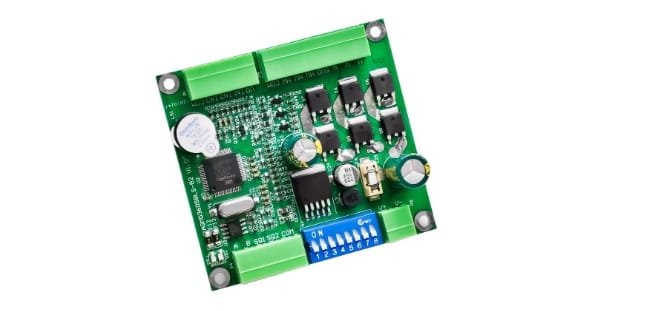Safety is a paramount concern in electronic manufacturing, where even small components can significantly impact overall device safety and functionality. The “94V-0” rating for circuit boards is a critical safety standard denoting flammability resistance. This article explores what 94V-0 circuit boards are, why they’re important, and their role in the printed circuit board assembly (PCBA) process.
What Does 94V-0 Mean?
The 94V-0 classification comes from Underwriters Laboratories (UL), signifying the highest flammability resistance standard for materials used in electronic devices. A 94V-0 rating indicates that:
- The material must stop burning within 10 seconds after the removal of the test flame.
- It must not drip flaming particles that might ignite other materials.
- No burning must continue after the test flame is removed.
Importance of 94V-0 Rated Circuit Boards
Using 94V-0 rated circuit boards in electronics manufacturing enhances safety by ensuring that components will not contribute to fire propagation. This rating is essential in densely packed electronics where a small ignition source can lead to significant fire hazards.
94V-0 and PCB Assembly (PCBA)
In PCB Assembly, the use of 94V-0 rated circuit boards is crucial for ensuring that the final assembled boards meet safety and regulatory standards. Here’s how the rating integrates into the PCBA process:
- Component Selection: During PCBA, choosing components that comply with the 94V-0 standard ensures that all parts of the assembly will resist ignition and withstand high temperatures without sustaining fire.
- Design and Layout: Engineers must consider the 94V-0 rating while designing and laying out PCBs. It affects everything from material choice to the placement of components to mitigate potential hot spots that could exceed safe temperature thresholds.
- Manufacturing Compliance: Manufacturers must adhere to 94V-0 standards throughout the PCBA process, incorporating materials and methods that meet or exceed this level of safety. This compliance is especially crucial in sectors like aerospace, automotive, and consumer electronics, where safety cannot be compromised.
Testing for 94V-0 Certification
Materials used in circuit boards are subjected to rigorous testing, including the vertical burning test, where the material is exposed to a flame for 10 seconds. Successfully passing this test confirms the material’s ability to qualify as 94V-0, suitable for use in safety-critical applications.
Applications of 94V-0 Circuit Boards in PCBA
- Aerospace and Aviation: Ensures that electronic assemblies within aircraft are capable of withstanding conditions that might otherwise lead to electrical fires.
- Automotive: Helps prevent fires in vehicle electronic systems, which are increasingly complex and integral to vehicle safety.
- Consumer Electronics: Critical for devices like laptops, smartphones, and other portable devices that operate frequently or continuously, ensuring they remain safe to use under various conditions.
- Industrial Equipment: Maintains safety in environments where electronics are exposed to harsh conditions and potential combustible materials.
Conclusion
The integration of 94V-0 rated circuit boards within the PCB assembly process underscores a commitment to safety and reliability in electronic manufacturing. Adhering to this standard not only helps prevent potential fire hazards but also builds consumer confidence in the safety of electronic products. As technology progresses, maintaining such high safety standards becomes even more critical in safeguarding the electronic devices that power our modern world.



